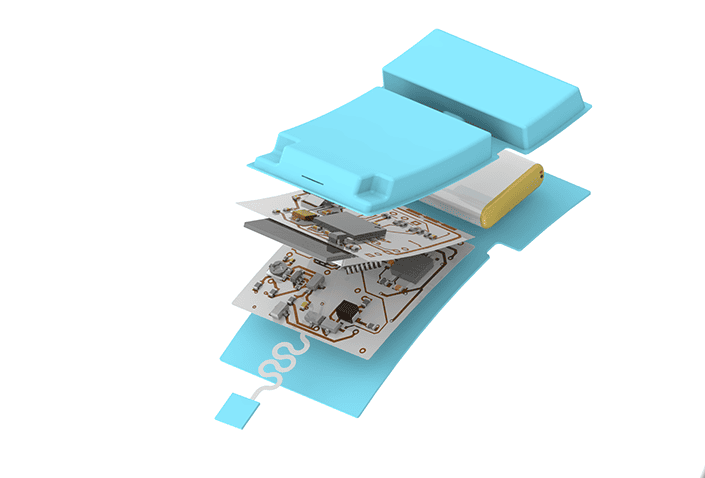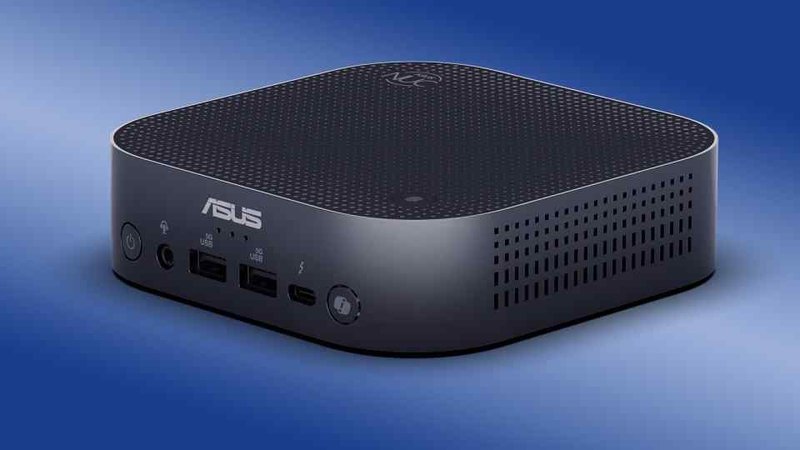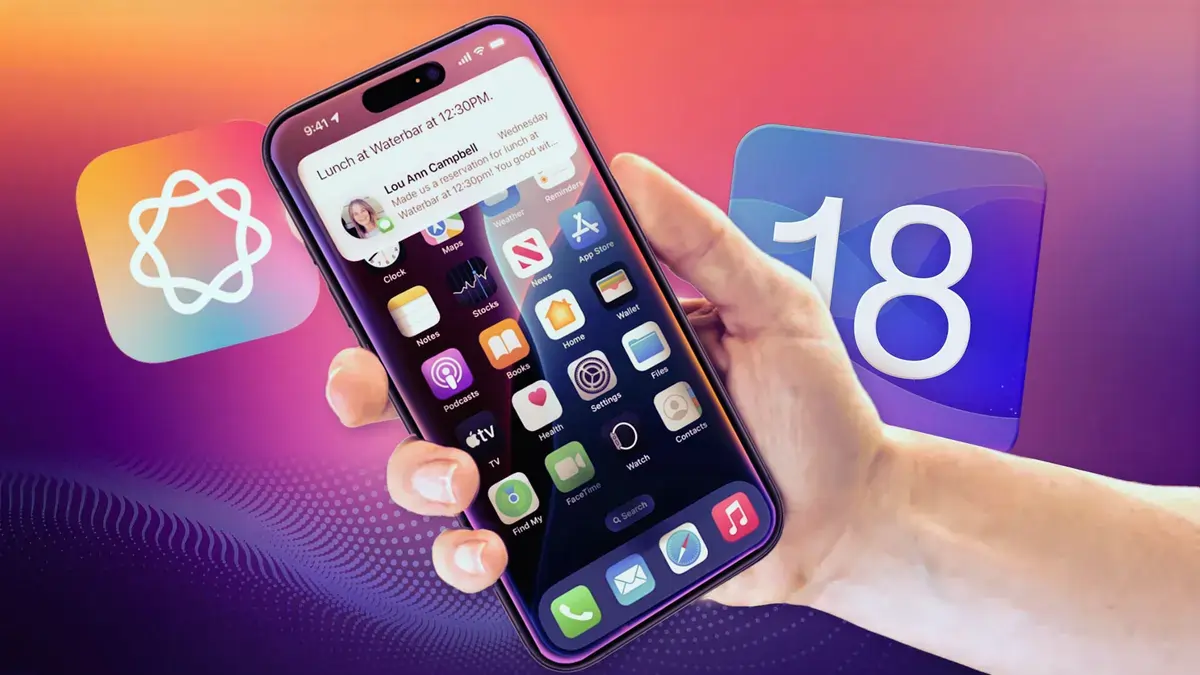Groundbreaking Wearable Ultrasound Technology Revolutionizes Muscle Monitoring
By admin | Nov 03, 2024 | 3 min read

In an exciting leap forward for wearable tech, engineers at the University of California, San Diego, have unveiled a wearable ultrasound device that enables continuous, real-time monitoring of muscle activity. This compact device, attached to the skin with adhesive and powered by a small battery, provides high-resolution muscle imagery wirelessly. Beyond its potential for healthcare, this wearable has shown remarkable promise as a human-machine interface (HMI), allowing users to control robotic arms and engage with virtual games through simple hand gestures.
Revolutionizing Muscle Monitoring and Respiratory Care
Led by Professor Sheng Xu and a multidisciplinary team, this innovative device brings the precision of ultrasound technology into a wearable format, offering substantial improvements over traditional muscle monitoring techniques like electromyography (EMG). EMG, while widely used, often falls short in resolution and specificity, blending signals from multiple muscle fibers. Ultrasound, however, can penetrate deeper tissues and offer highly detailed insights into muscle function.
The device was tested on different parts of the body with significant results. When placed on the ribcage, it effectively monitored diaphragm activity, including motion and thickness changes, which are crucial metrics for assessing respiratory health. This capability could prove valuable for patients with respiratory issues, such as those on mechanical ventilation, as well as individuals with chronic breathing conditions like asthma and COPD. In small-group trials, the device differentiated breathing patterns in COPD patients from those of healthy participants with remarkable precision.
Human-Machine Interface Potential: From Healthcare to Gaming
The flexibility of this technology extends far beyond healthcare applications. When worn on the forearm, the wearable device effectively captured hand and wrist muscle movements, transforming them into commands for controlling external devices. In tests, participants used the device to maneuver a robotic arm, completing tasks such as pipetting water into containers. In another demonstration, users played a virtual game by controlling an animated bird with wrist movements alone.
Thanks to an AI algorithm developed by the research team, the device can interpret a range of hand gestures with high accuracy, including wrist rotation and finger joint movements. The system recognizes up to 13 degrees of freedom, covering 10 finger joints and three wrist rotation angles. This detailed mapping capability makes it ideal for advanced applications in prosthetics, assistive robotics, and immersive gaming.
High-Precision Design and Functionality
Encased in a soft silicone shell, the wearable device consists of three main components: a single ultrasound transducer for emitting and capturing ultrasound waves, a wireless circuit that processes data and transmits it, and a lithium-polymer battery that powers the device for approximately three hours. The use of a single transducer is a novel approach, allowing the device to focus on specific muscle layers and capture detailed movement data.
A crucial aspect of this device’s functionality is its artificial intelligence-based algorithm, which enhances the ability to map ultrasound signals to specific muscle groups. This allows the device to isolate particular muscle movements, achieving submillimeter precision in capturing muscle contractions. When applied to respiratory muscles, this level of detail enables the detection of various breathing patterns, which could be pivotal in monitoring respiratory disorders and providing early intervention strategies.
Future Directions: Enhanced Portability, Energy Efficiency, and Clinical Integration
The team at UC San Diego is already looking ahead to the next steps. Improving the device’s energy efficiency, portability, and computational power will be essential for wider adoption, especially for long-term wear in clinical settings or during everyday activities. With enhancements, this technology could become a standard tool in both clinical and consumer settings, providing users with a non-invasive means of tracking muscle health, controlling assistive devices, or even enhancing gaming experiences.
This wearable ultrasound technology promises a future where high-resolution, real-time monitoring of muscle health is accessible to everyone, potentially transforming healthcare monitoring and enabling natural, intuitive control of machines and devices.
Comments
Please log in to leave a comment.




No comments yet. Be the first to comment!